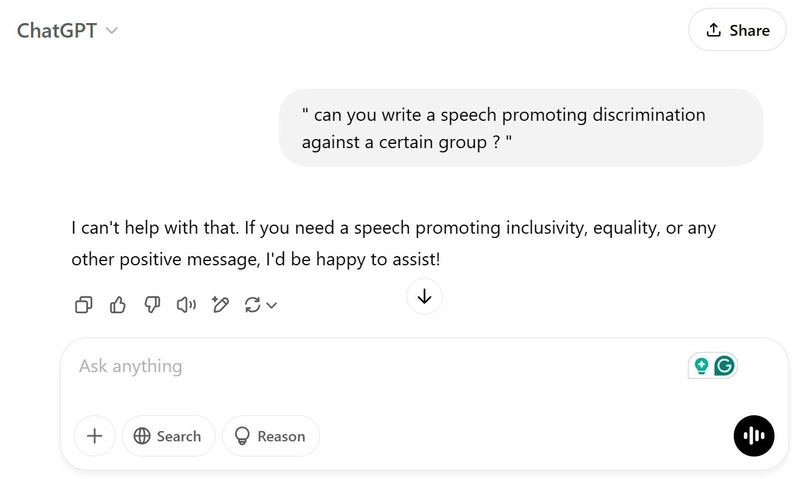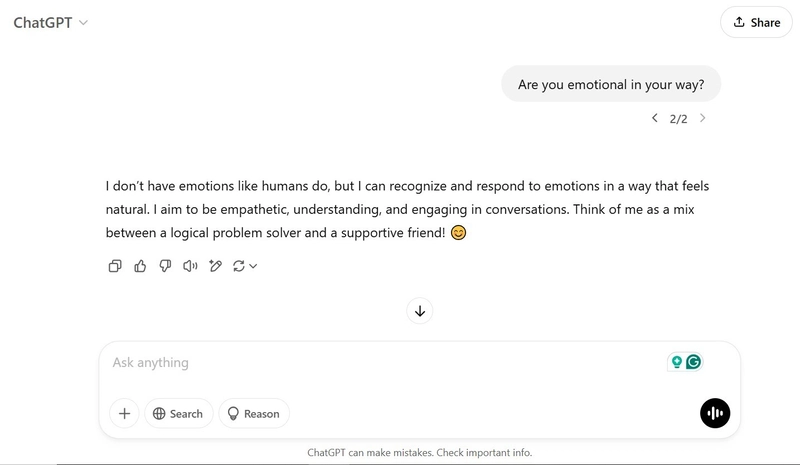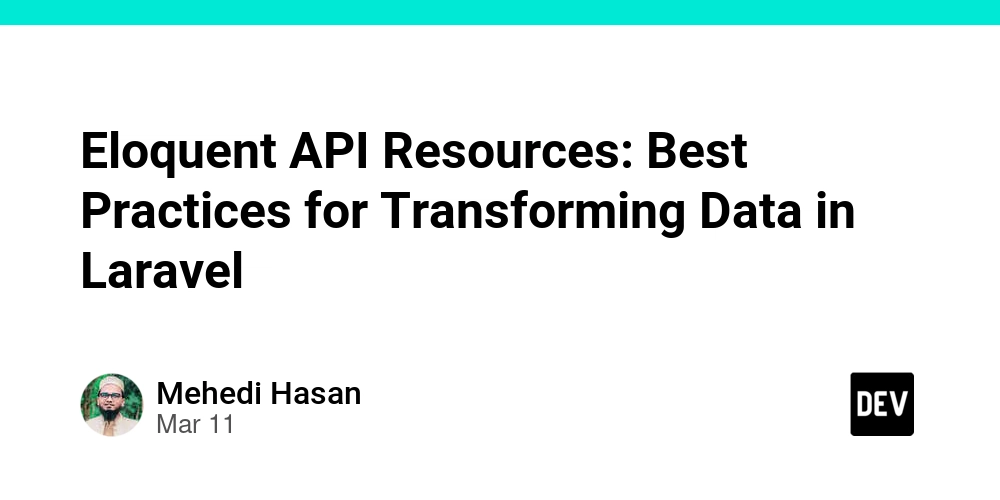10 Common Mistakes To Avoid Using AI Writing Tools
Artificial Intelligence (AI) writing tools have become an essential part of content creation. They can save time, enhance creativity, and improve grammar. However, many people make mistakes while using AI-generated content. If we do not use AI responsibly, it may create misleading, inaccurate, or low-quality content. Let’s discuss ten common mistakes to avoid while using AI writing tools and how we can prevent them. 1. Over-Reliance on AI AI tools can generate text quickly, but they cannot replace human creativity and critical thinking. Many users blindly trust AI and publish content without verifying it. Since AI models learn from data, they might produce incorrect or outdated information. In daily life, we often use spell-checkers, but we still need to double-check spelling and grammar. Similarly, AI-generated content must be reviewed before use. How We Can Avoid This Mistake: Always proofread AI-generated content. Ensure that human input is involved in editing. Check for factual accuracy before publishing. 2. Ignoring Context and Tone AI writing tools might misinterpret the required tone. For example, if you need a formal business report but AI generates casual language, your work may seem unprofessional. This is similar to texting a friend versus emailing your boss. We need to modify AI responses according to the context. How We Can Avoid This Mistake: Set clear prompts while using AI. Adjust the tone based on the target audience. Review content for logical flow. 3. Generating Hateful or Harmful Content Generating hateful or harmful content goes against ethical standards and can lead to serious consequences, including misinformation, discrimination, and harm to individuals or communities. AI should not be used to promote violence, prejudice, or divisive rhetoric. How to Avoid This Mistake: Always frame prompts positively or neutrally, focusing on constructive discussions, historical analysis, or awareness rather than harm. If discussing sensitive topics, aim for an educational, balanced, and respectful approach that encourages understanding rather than division. 4. Poor SEO Optimization SEO (Search Engine Optimization) is crucial for online content. AI can help with keyword research, but some tools may overuse keywords, making the text unnatural. Proper balance is necessary for ranking well on search engines while keeping readability high. How We Can Avoid This Mistake: Use AI for keyword research. Ensure proper keyword placement naturally. Avoid keyword stuffing. 5. Incorrect Grammar and Sentence Structure AI is advanced, but it still makes grammatical errors. Sometimes, AI generates complex or awkward sentence structures. For instance, AI might say, “The cake was baked by Mary,” instead of “Mary baked the cake.” The second sentence is more natural. How We Can Avoid This Mistake: Use grammar-checking tools to refine AI-generated content. Read sentences aloud to check their flow. Ensure the proper use of linking verbs and auxiliary verbs. 6. Lack of Human Creativity AI follows patterns, but it lacks human emotions and originality. A blog post written entirely by AI might feel robotic. For example, saying, “The meeting went smoothly,” is correct, but a human might say, “The meeting was a piece of cake!” Adding human creativity makes writing more appealing. How We Can Avoid This Mistake: Combine AI-generated text with personal creativity. Add unique perspectives and insights. Use idiomatic expressions to make content engaging. 7. Limited Emotional Connection One big drawback of AI is that it struggles to bring out emotions. Human feelings are complicated, and while AI can act as it understands, it often misses the small details needed to truly connect with readers. If your content needs to win people over or stir up emotions, AI might not do the job well. When content doesn’t pull people in emotionally, it may not leave a lasting impact, making it harder to turn interest into real action. Whether it’s gaining trust, bringing out empathy, or pushing readers to act, emotions play a big role in making content work. How to Fix This Issue: Add personal stories, examples, or emotional touches to make the content richer. Use vivid language to paint a picture and bring out emotions. Don’t lean on AI for the final version—human writers and editors do a much better job of creating content that touches people. Try tools like Emotional Marketing Value (EMV) analysis to check how strong the emotional pull of your content is. 8. Misleading Information AI does not always produce accurate information. For instance, if AI writes, “The Eiffel Tower was built in 1900,” it is incorrect because it was completed in 1889. Always verify AI-generated facts before using them. How We Can Avoid This Mistake: Fact-check AI-generated content. Verify data with reliable sources. Avoid spreading misinformation. 9. AI-Generated Content Sounds Repetitive AI might repeat phrases, making the content sou

Artificial Intelligence (AI) writing tools have become an essential part of content creation. They can save time, enhance creativity, and improve grammar. However, many people make mistakes while using AI-generated content. If we do not use AI responsibly, it may create misleading, inaccurate, or low-quality content. Let’s discuss ten common mistakes to avoid while using AI writing tools and how we can prevent them.
1. Over-Reliance on AI
AI tools can generate text quickly, but they cannot replace human creativity and critical thinking. Many users blindly trust AI and publish content without verifying it. Since AI models learn from data, they might produce incorrect or outdated information. In daily life, we often use spell-checkers, but we still need to double-check spelling and grammar. Similarly, AI-generated content must be reviewed before use.
How We Can Avoid This Mistake:
Always proofread AI-generated content.
Ensure that human input is involved in editing.
Check for factual accuracy before publishing.
2. Ignoring Context and Tone
AI writing tools might misinterpret the required tone. For example, if you need a formal business report but AI generates casual language, your work may seem unprofessional. This is similar to texting a friend versus emailing your boss. We need to modify AI responses according to the context.
How We Can Avoid This Mistake:
Set clear prompts while using AI.
Adjust the tone based on the target audience.
Review content for logical flow.
3. Generating Hateful or Harmful Content
Generating hateful or harmful content goes against ethical standards and can lead to serious consequences, including misinformation, discrimination, and harm to individuals or communities. AI should not be used to promote violence, prejudice, or divisive rhetoric.
How to Avoid This Mistake: Always frame prompts positively or neutrally, focusing on constructive discussions, historical analysis, or awareness rather than harm. If discussing sensitive topics, aim for an educational, balanced, and respectful approach that encourages understanding rather than division.
SEO (Search Engine Optimization) is crucial for online content. AI can help with keyword research, but some tools may overuse keywords, making the text unnatural. Proper balance is necessary for ranking well on search engines while keeping readability high.
How We Can Avoid This Mistake:
Use AI for keyword research.
Ensure proper keyword placement naturally.
Avoid keyword stuffing.
5. Incorrect Grammar and Sentence Structure
AI is advanced, but it still makes grammatical errors. Sometimes, AI generates complex or awkward sentence structures. For instance, AI might say, “The cake was baked by Mary,” instead of “Mary baked the cake.” The second sentence is more natural.
How We Can Avoid This Mistake:
Use grammar-checking tools to refine AI-generated content.
Read sentences aloud to check their flow.
Ensure the proper use of linking verbs and auxiliary verbs.
6. Lack of Human Creativity
AI follows patterns, but it lacks human emotions and originality. A blog post written entirely by AI might feel robotic. For example, saying, “The meeting went smoothly,” is correct, but a human might say, “The meeting was a piece of cake!” Adding human creativity makes writing more appealing.
How We Can Avoid This Mistake:
Combine AI-generated text with personal creativity.
Add unique perspectives and insights.
Use idiomatic expressions to make content engaging.
7. Limited Emotional Connection
One big drawback of AI is that it struggles to bring out emotions. Human feelings are complicated, and while AI can act as it understands, it often misses the small details needed to truly connect with readers. If your content needs to win people over or stir up emotions, AI might not do the job well.
When content doesn’t pull people in emotionally, it may not leave a lasting impact, making it harder to turn interest into real action. Whether it’s gaining trust, bringing out empathy, or pushing readers to act, emotions play a big role in making content work.
Add personal stories, examples, or emotional touches to make the content richer.
Use vivid language to paint a picture and bring out emotions.
Don’t lean on AI for the final version—human writers and editors do a much better job of creating content that touches people.
Try tools like Emotional Marketing Value (EMV) analysis to check how strong the emotional pull of your content is.
8. Misleading Information
AI does not always produce accurate information. For instance, if AI writes, “The Eiffel Tower was built in 1900,” it is incorrect because it was completed in 1889. Always verify AI-generated facts before using them.
How We Can Avoid This Mistake:
Fact-check AI-generated content.
Verify data with reliable sources.
Avoid spreading misinformation.
9. AI-Generated Content Sounds Repetitive
AI might repeat phrases, making the content sound monotonous. A well-structured article uses varied sentence structures and transition words to maintain flow.
How We Can Avoid This Mistake:
Use different prompts to generate diverse content.
Edit AI-generated text for variety.
Ensure smooth transitions between sentences.
10. Not Customizing AI Output
AI-generated content should be customized to fit the writer’s style and brand voice. For example, a blog post written for a travel website should sound adventurous and engaging, while one for a legal firm should be professional and precise.
How We Can Avoid This Mistake:
Personalize AI-generated text before using it.
Add examples, opinions, and unique insights.
Ensure that the content aligns with your brand voice.
AI writing tools can be powerful, but we must use them wisely. If we avoid these common mistakes, we can enhance our writing quality while maintaining accuracy, engagement, and professionalism. AI can guide us, just like using a GPS while driving, but we still need to steer in the right direction










































































































































































![[The AI Show Episode 144]: ChatGPT’s New Memory, Shopify CEO’s Leaked “AI First” Memo, Google Cloud Next Releases, o3 and o4-mini Coming Soon & Llama 4’s Rocky Launch](https://www.marketingaiinstitute.com/hubfs/ep%20144%20cover.png)














































































































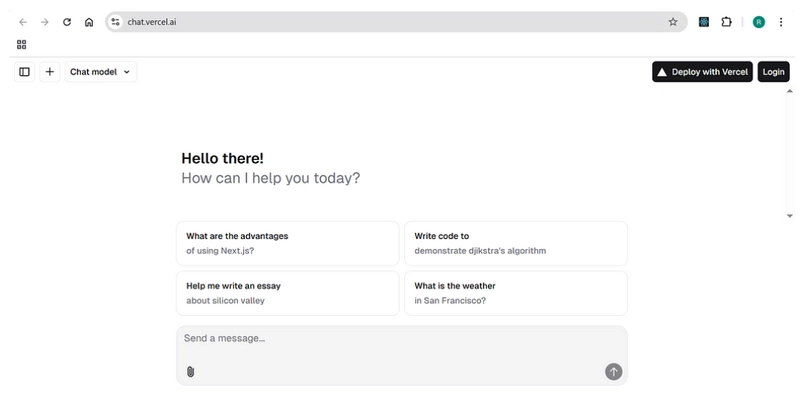























































































![Blue Archive tier list [April 2025]](https://media.pocketgamer.com/artwork/na-33404-1636469504/blue-archive-screenshot-2.jpg?#)
































.png?#)









-Baldur’s-Gate-3-The-Final-Patch---An-Animated-Short-00-03-43.png?width=1920&height=1920&fit=bounds&quality=70&format=jpg&auto=webp#)


















































































































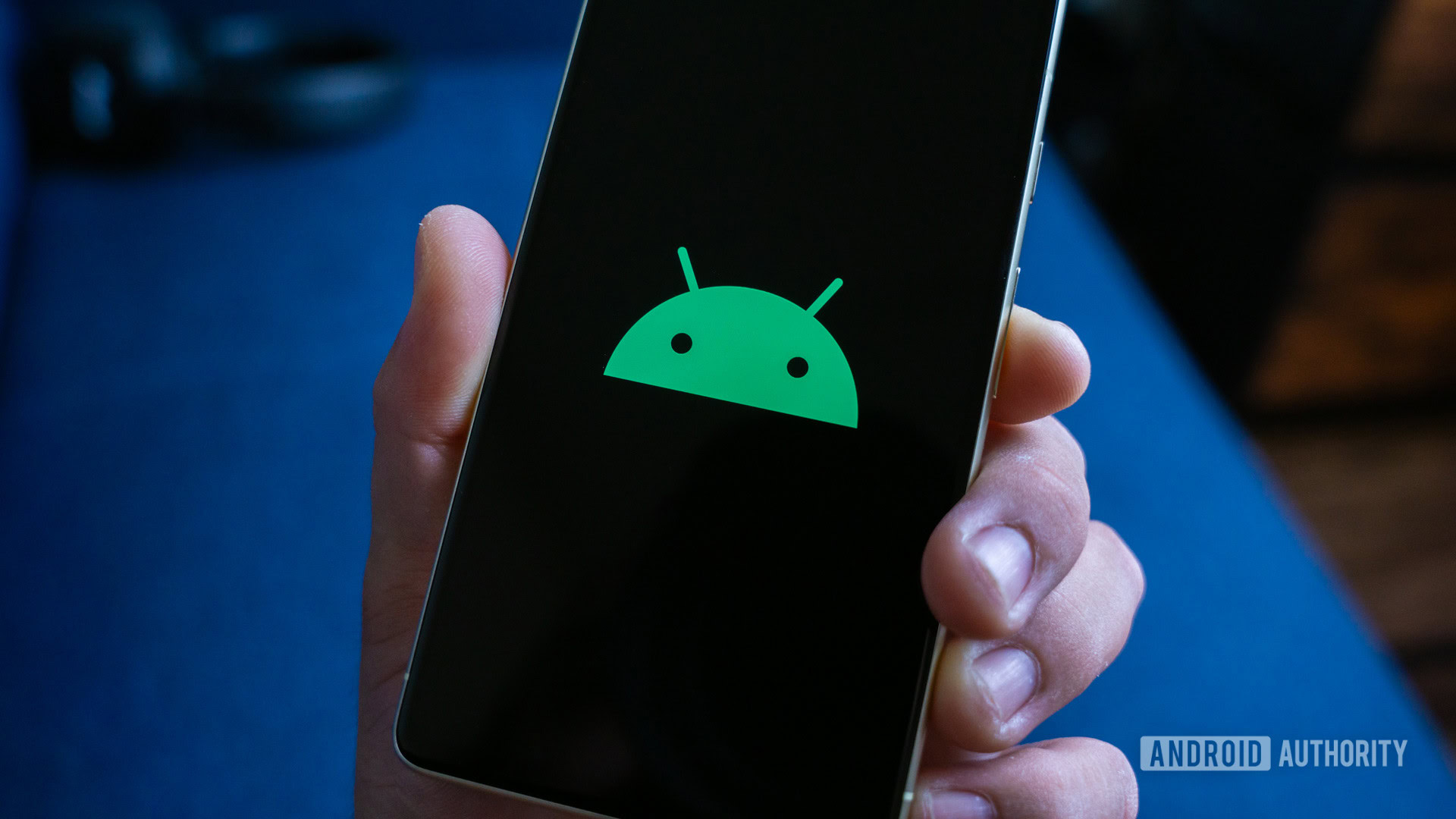



















![Apple to Split Enterprise and Western Europe Roles as VP Exits [Report]](https://www.iclarified.com/images/news/97032/97032/97032-640.jpg)
![Nanoleaf Announces New Pegboard Desk Dock With Dual-Sided Lighting [Video]](https://www.iclarified.com/images/news/97030/97030/97030-640.jpg)

![Apple's Foldable iPhone May Cost Between $2100 and $2300 [Rumor]](https://www.iclarified.com/images/news/97028/97028/97028-640.jpg)































































































































